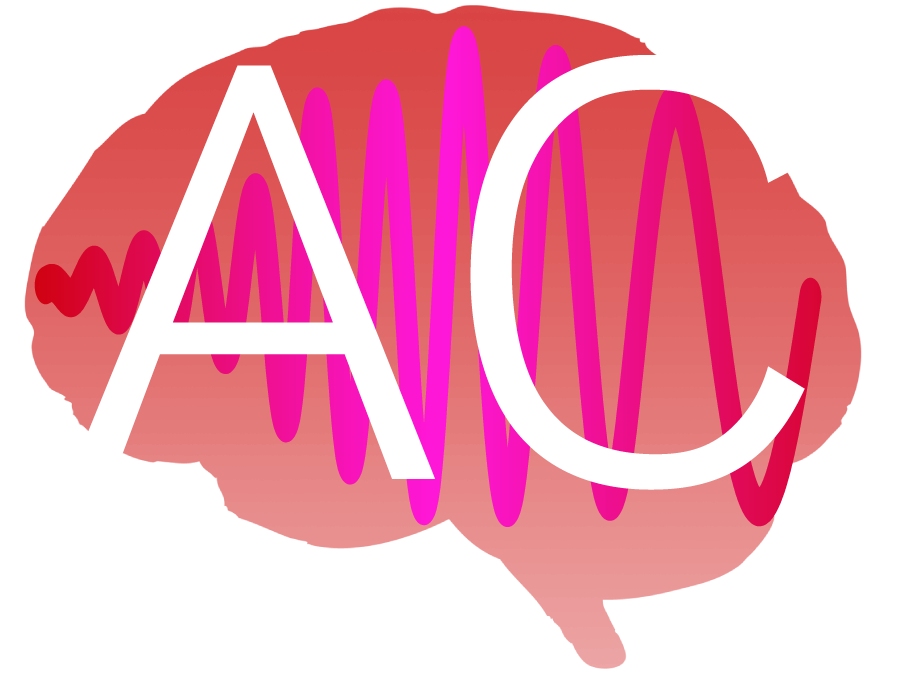Based on Malte’s recent J Neurosci study, Jonas did a brief interview for German radio detektor.fm today and talked listening effort, digital phone lines, noise reduction, and next-generation hearing aids with host Teresa Nehm. (In German only.)
I had the honour of guest-editing a special issue for the classic journal “Brain and Language” and have thus contributed a brief editorial (now online) to this issue. The special issue re-visits old themes and new leads in the electrophysiology of speech, language, and its precursors.
UPDATE: The full special issue appeared in September 2015 and all articles are now accessible and citable. Thanks for your kind attention!
New job post
Please spread the word:
We are offering a PhD post (alternatively, a half-time Postdoctoral post) in our new Auditory Cognition University of Lübeck branch! (English version here.)
It is with great pleasure that we can report on a new major grant for the Auditory Cognition group / Obleser lab: In the 2014 call by the European Research Council (ERC), Jonas Obleser has very recently been awarded an ERC Consolidator grant (for researchers 7–12 years post their PhD), worth 1.97 million €. The grant has been awarded to fund a project entitled “The listening challenge: How ageing brains adapt”. The project will last for five years.
Read the official ERC press release here.
Alumna Dr. Antje Strauß just got another paper on:
Alpha Phase Determines Successful Lexical Decision in Noise
by Antje Strauß, Molly Henry, Mathias Scharinger, and Jonas Obleser
appeared in Journal of Neuroscience. Check the abstract below;
A new paper on
by AC PhD Anna Wilsch, alumni postdocs Molly Henry & Björn Herrmann, AC head Jonas Obleser along with Burkhard Maess appeared in Psychophysiology.
Check the online source, or take a quick look on the abstract below.
References
- Wilsch A1, Henry MJ, Herrmann B, Maess B, Obleser J. Slow-delta phase concentration marks improved temporal expectations based on the passage of time. Psychophysiology. 2015 Feb 16. PMID: 25684032. [Open with Read]
Time flies: The Auditory Cognition group aka The Obleser Lab has just entered its fifth year. We took off properly in early 2011, so this is a good point in time to briefly recap. We have had four exciting and very productive years so far, and this fifth year is bringing a lot of exciting turn-over as well. First, new faces have joined our group:
Dr. Sophie Herbst a psychologist with keen interests in time perception joined us as a postdoc, coming from Niko Busch’s lab at the Charité Berlin.
Dipl.-Ing. (FH) Lorenz Fiedler joined us to help us build real-time links between EEG and hearing aids, as planned in our Volkswagen project.
Second, a few great talents have moved on with the beginning of 2015:
Antje Strauß just received her Dr. rer. nat. (PhD) from the University of Leipzig and is now at the GIPSA lab, University of Grenoble, France.
Dr. Molly Henry and Dr. Björn Herrmann have both taken up new Postdoctoral jobs at the University of Western Ontario, London, Ontario, CA. They will be working with Jessica Grahn and Ingrid Johnsrude, respectively.
Dr. Alex Brandmeyer could not resist a fantastic offer by Dolby Systems Inc., San Francisco to join them as a research scientist.
Earlier in autumn 2014 already, Julia Erb had taken up a postdoc position with Elia Formisano at the University of Maastricht.
… the best of luck and many thanks to all the new AC alumni!
Lastly, Jonas as head of the group has just been appointed Professor for Research Methods and Statistics at the (newly-founded) Department of Psychology, University of Lübeck, Germany.
These great news also imply that the Auditory Cognition group as a whole will, as conceived by the Max Planck Society when providing this five-year start-up funding, slowly transplant to a new place, namely: Lübeck, over the year to come. Watch this space! Yet, the labels “auditorycognition.com” and “obleserlab.com” will surely remain active and move with us.
Some days ago the Max Planck Society put out a news feature on our most recent Journal of Neuroscience paper (see our post):
Aufmerksam zuhören — Hirn-Wellen zeigen Mühen des Hörens im Alter an
It nicely wraps up Malte’s experiment on alpha dynamics in younger and older listeners. Check the link above for the full article (German).
References
- Wöstmann M1, Herrmann B2, Wilsch A2, Obleser J3. Neural alpha dynamics in younger and older listeners reflect acoustic challenges and predictive benefits. J Neurosci. 2015 Jan 28;35(4):1458–67. PMID: 25632123. [Open with Read]


